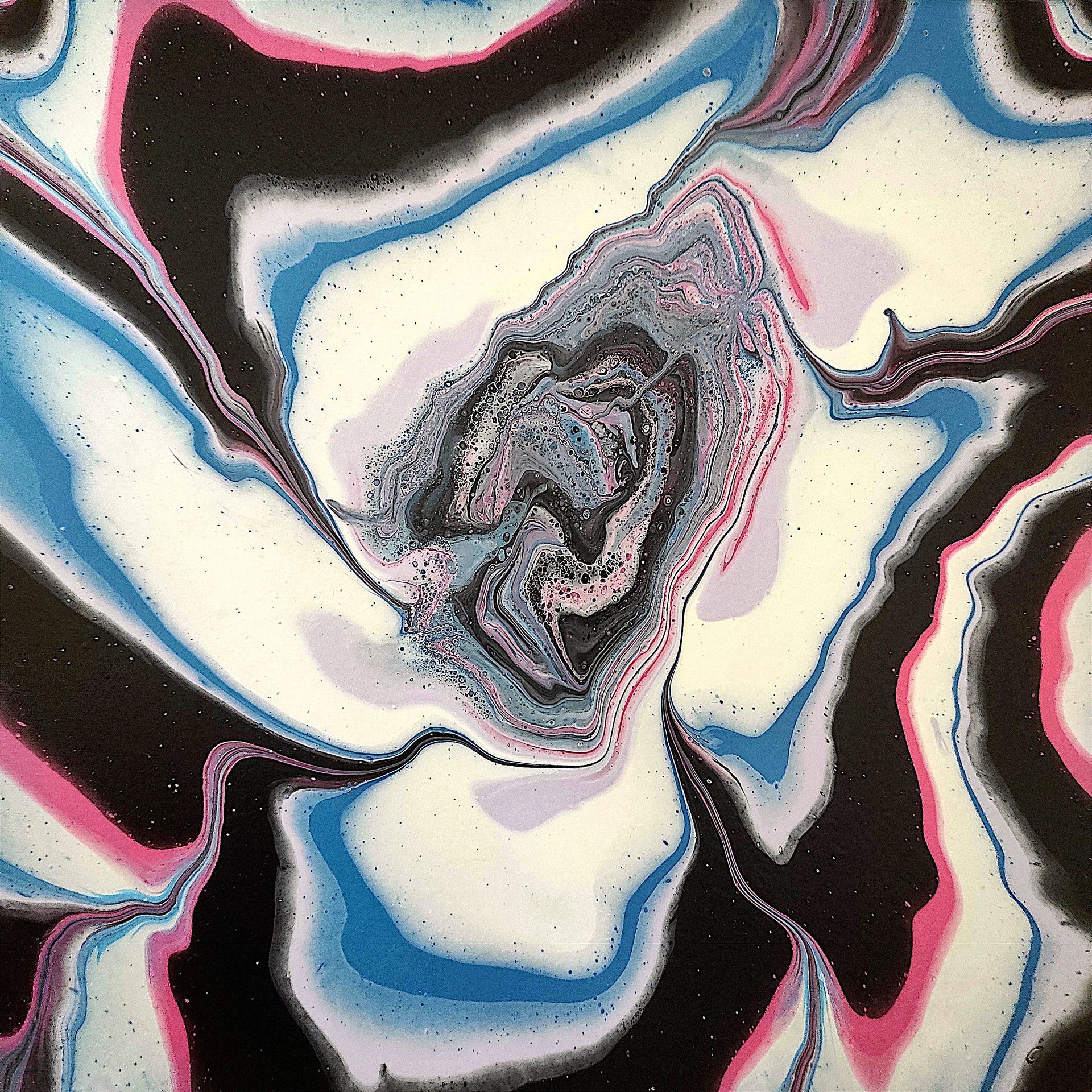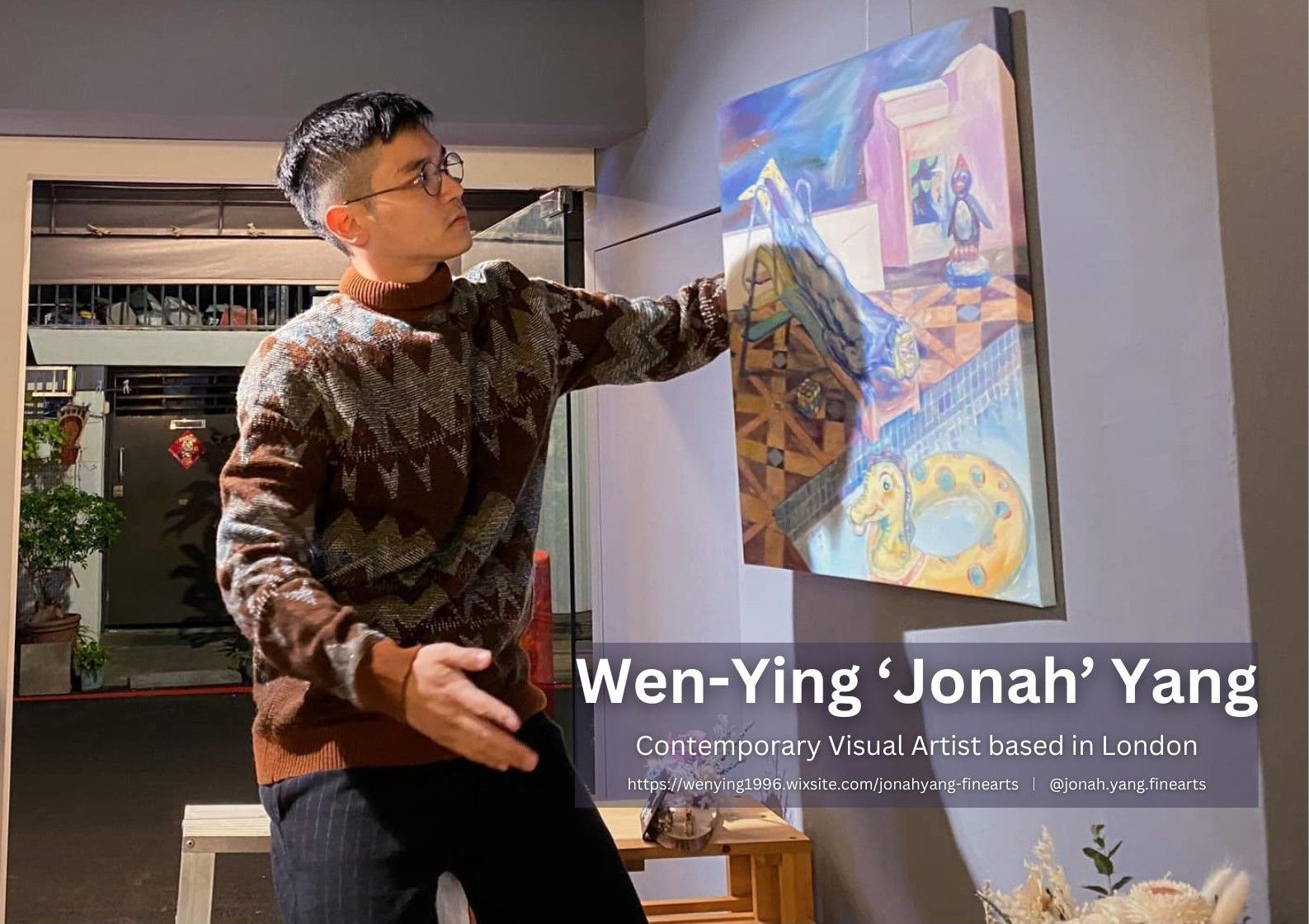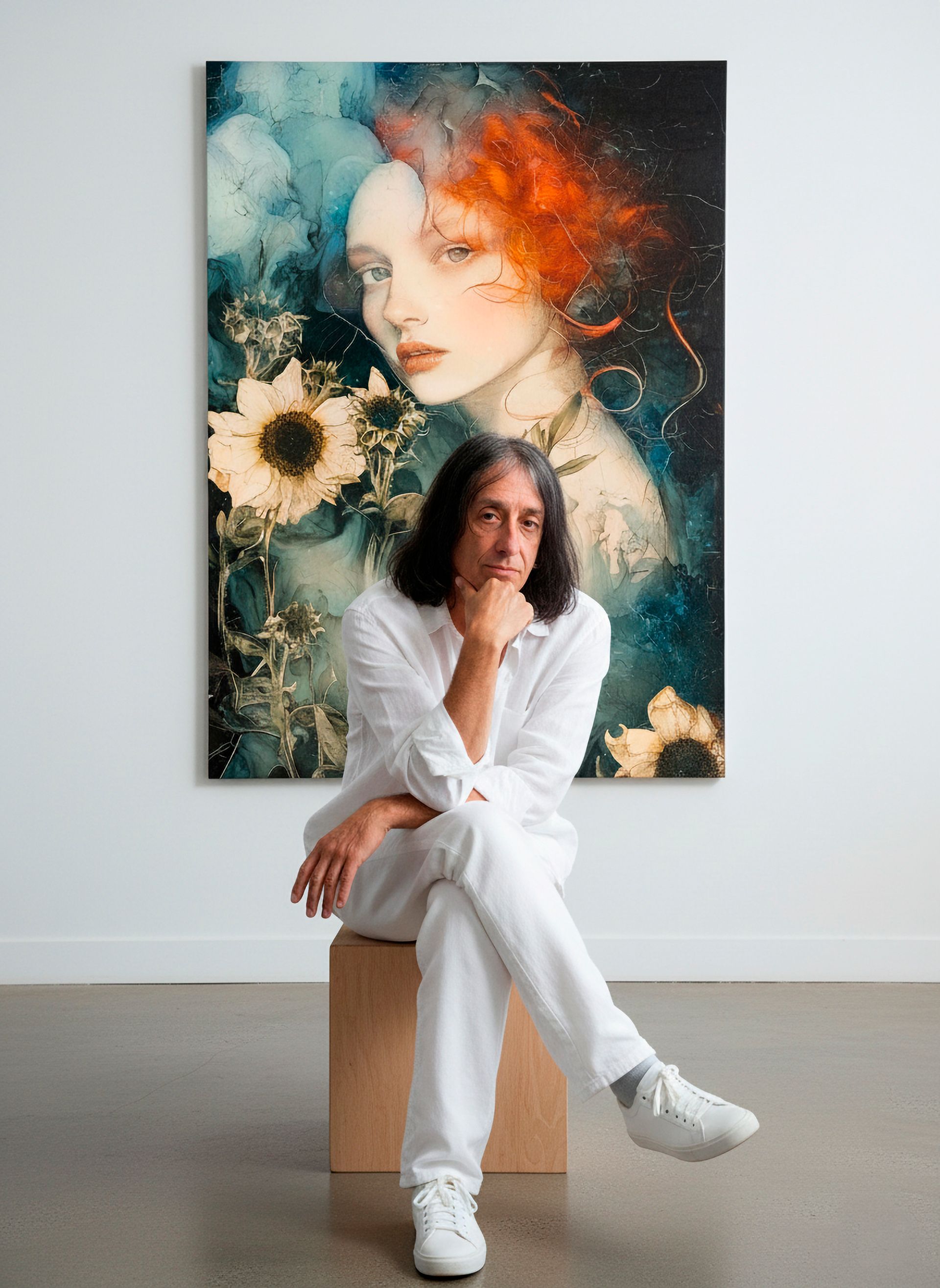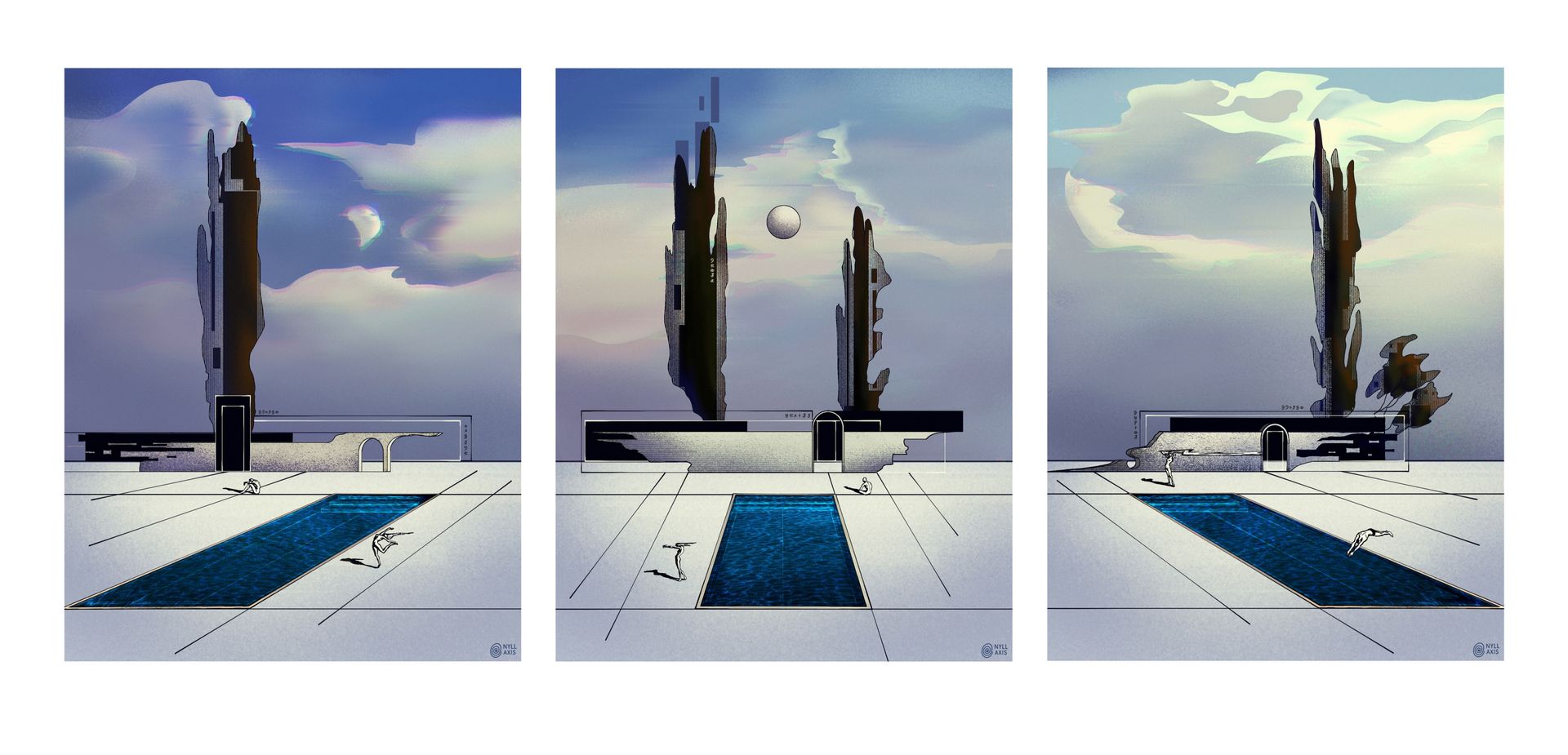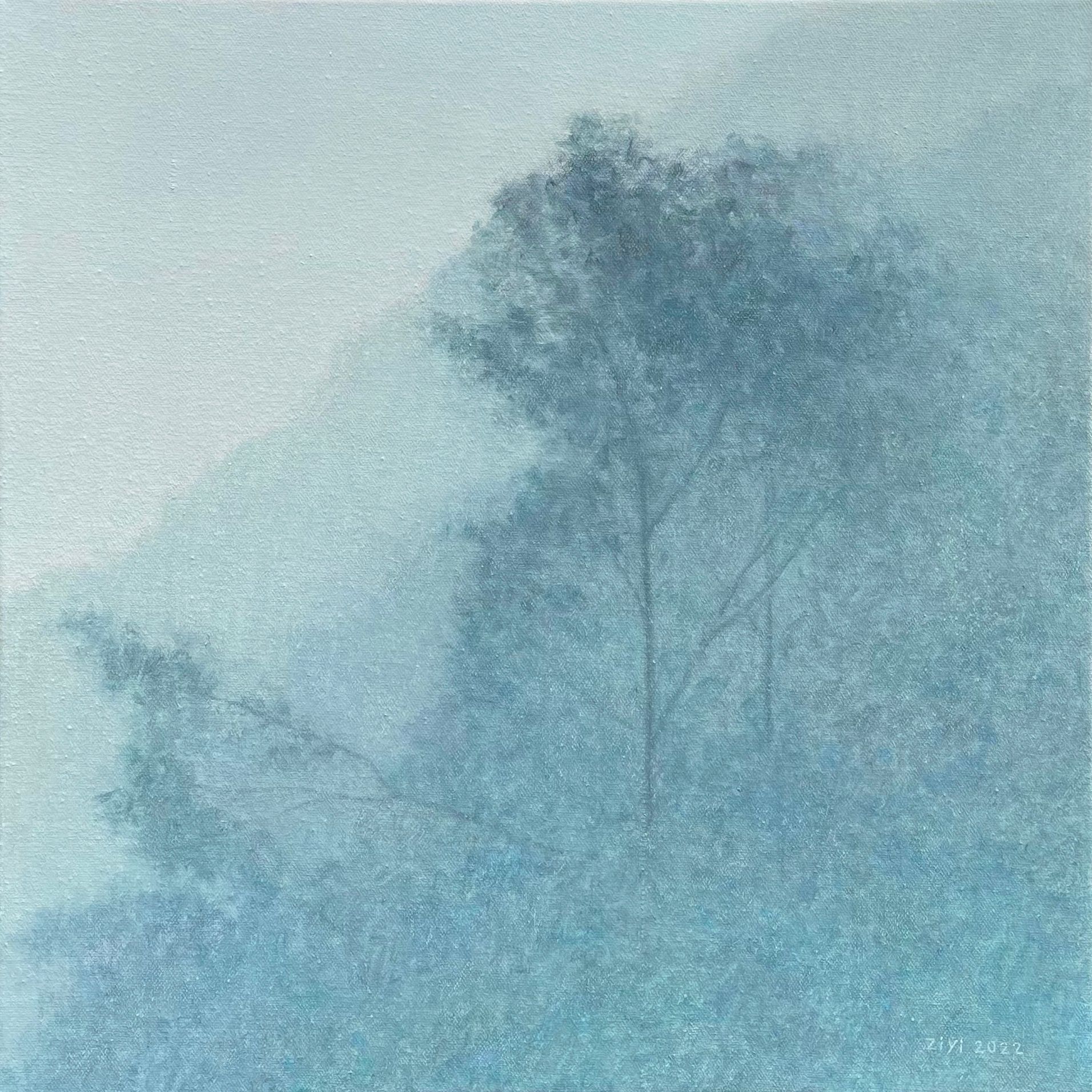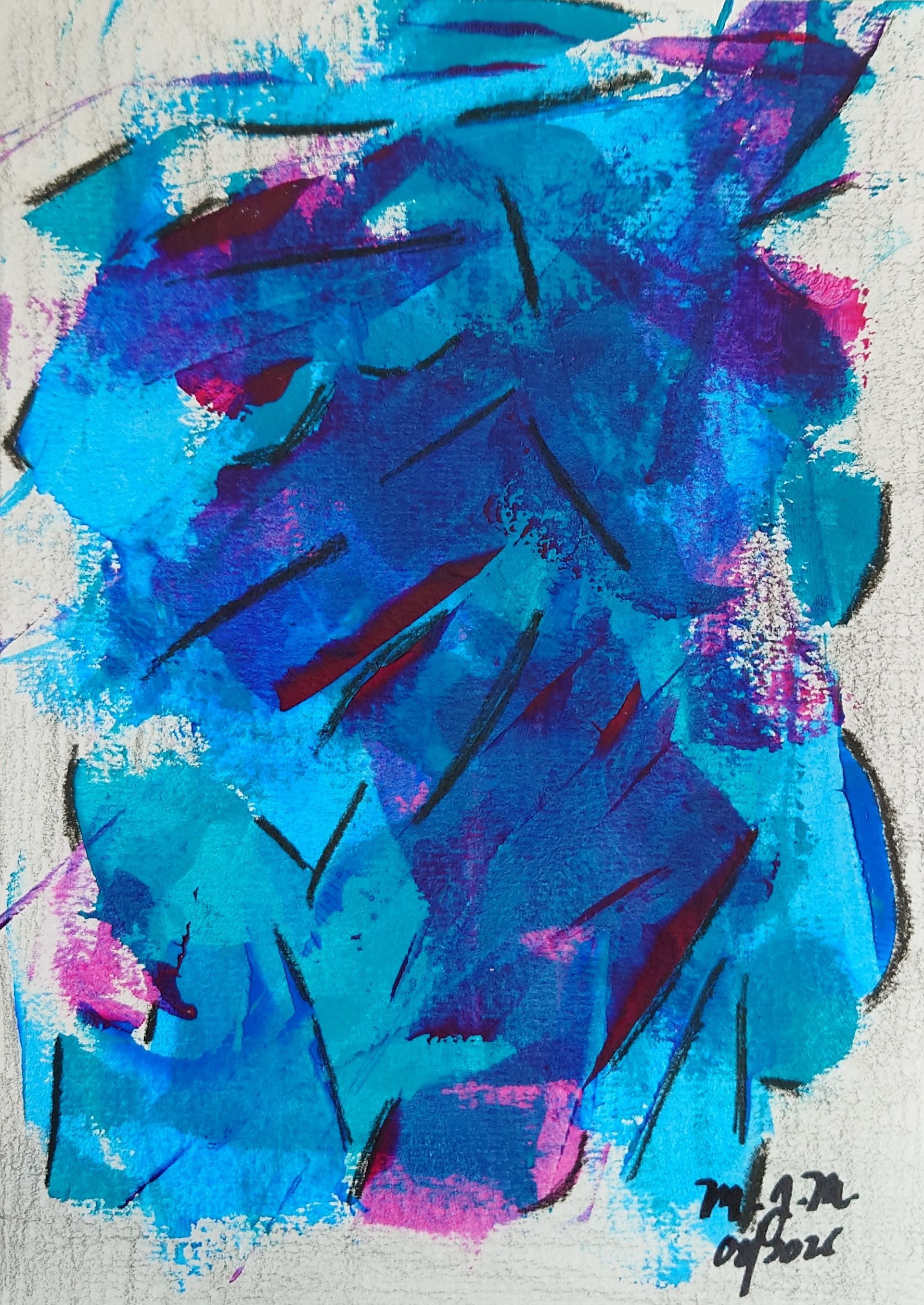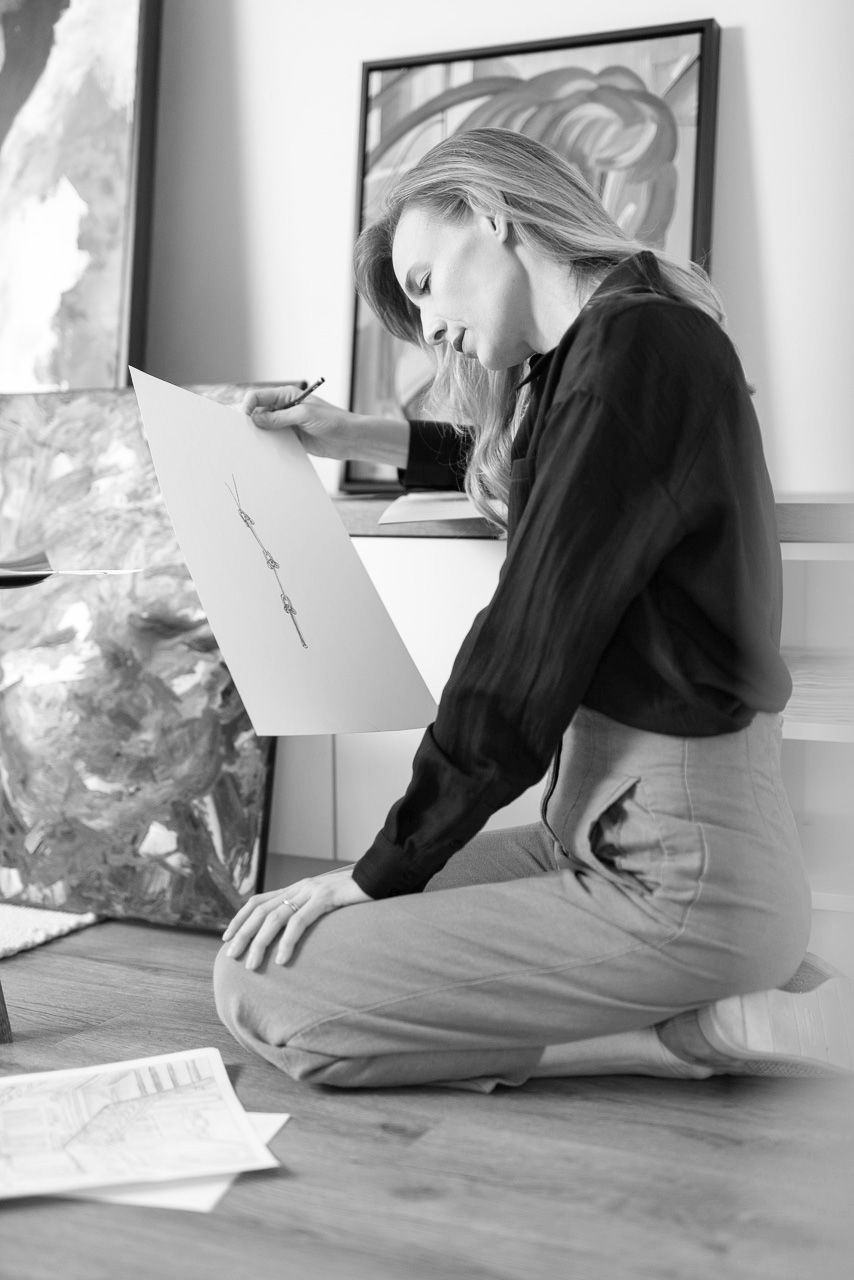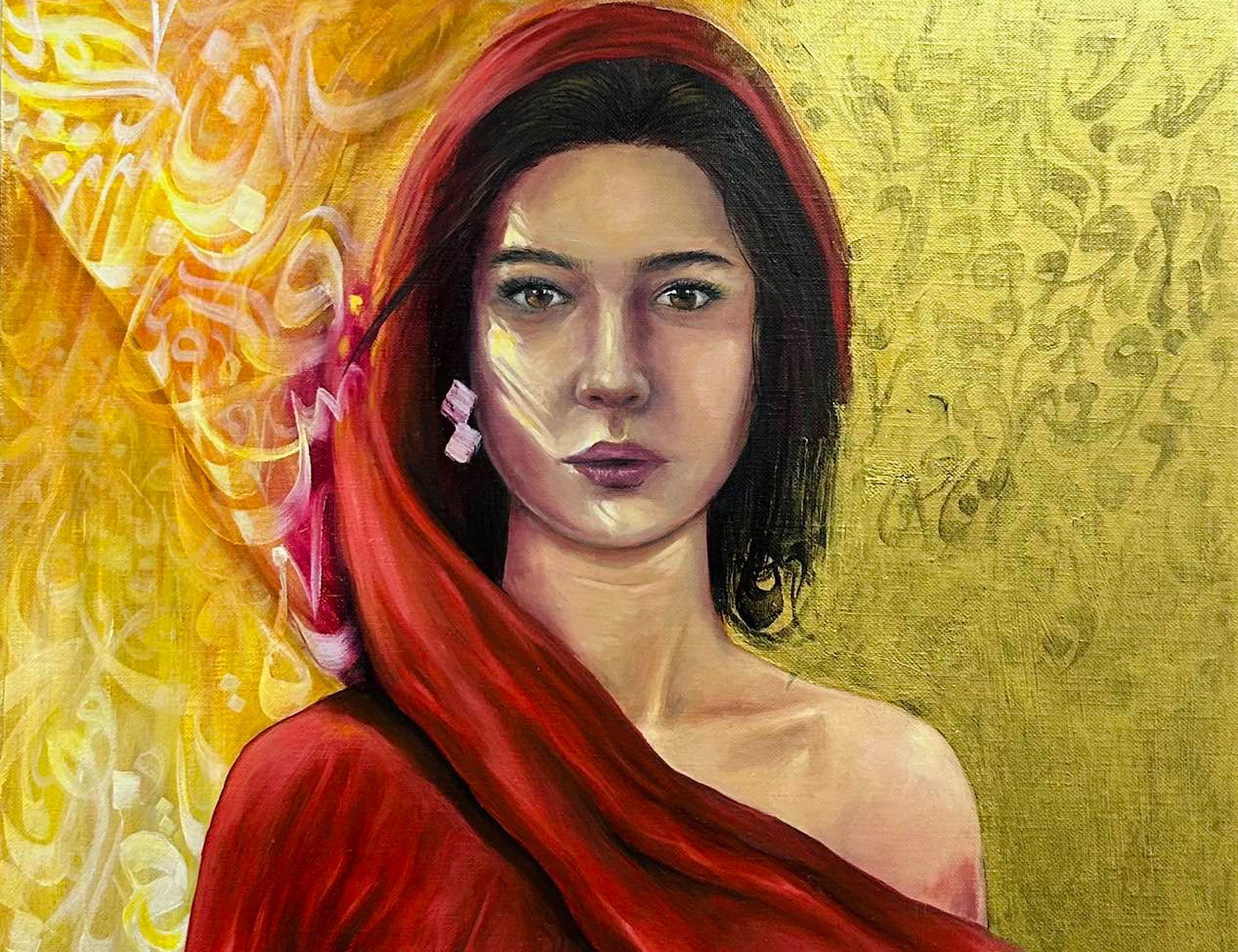Doi Coimbra
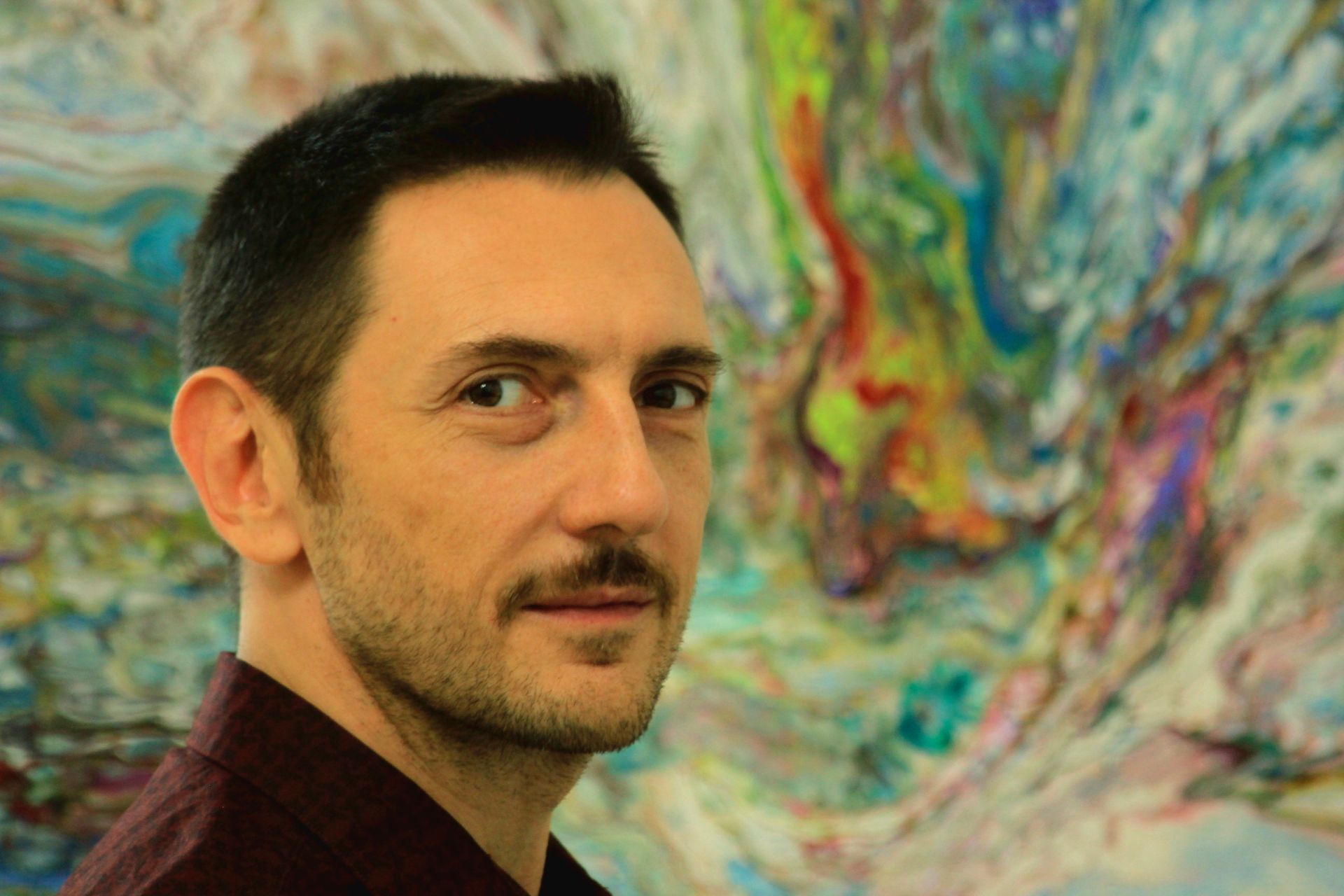
Always passionate about photography and fascinated by the aesthetics of things, self-taught, i began to take a concrete interest in a specific style of painting, that of abstract painting, in particular (but not only) pouring and fluid art. This scenario has always attracted me, to the point of seduction. Seeing in the lines, shading, contrasts, shapes and images apparently without order and meaning, an interesting context and way to give shape, through a subjective interpretation, to one's own imagination and unconscious. Since it is abstract painting, what can be seen in my canvases obviously should not be subjected to an analysis that seeks, in the observed elements, forms or meanings that must necessarily be reconnected to something specific existing in the real world.
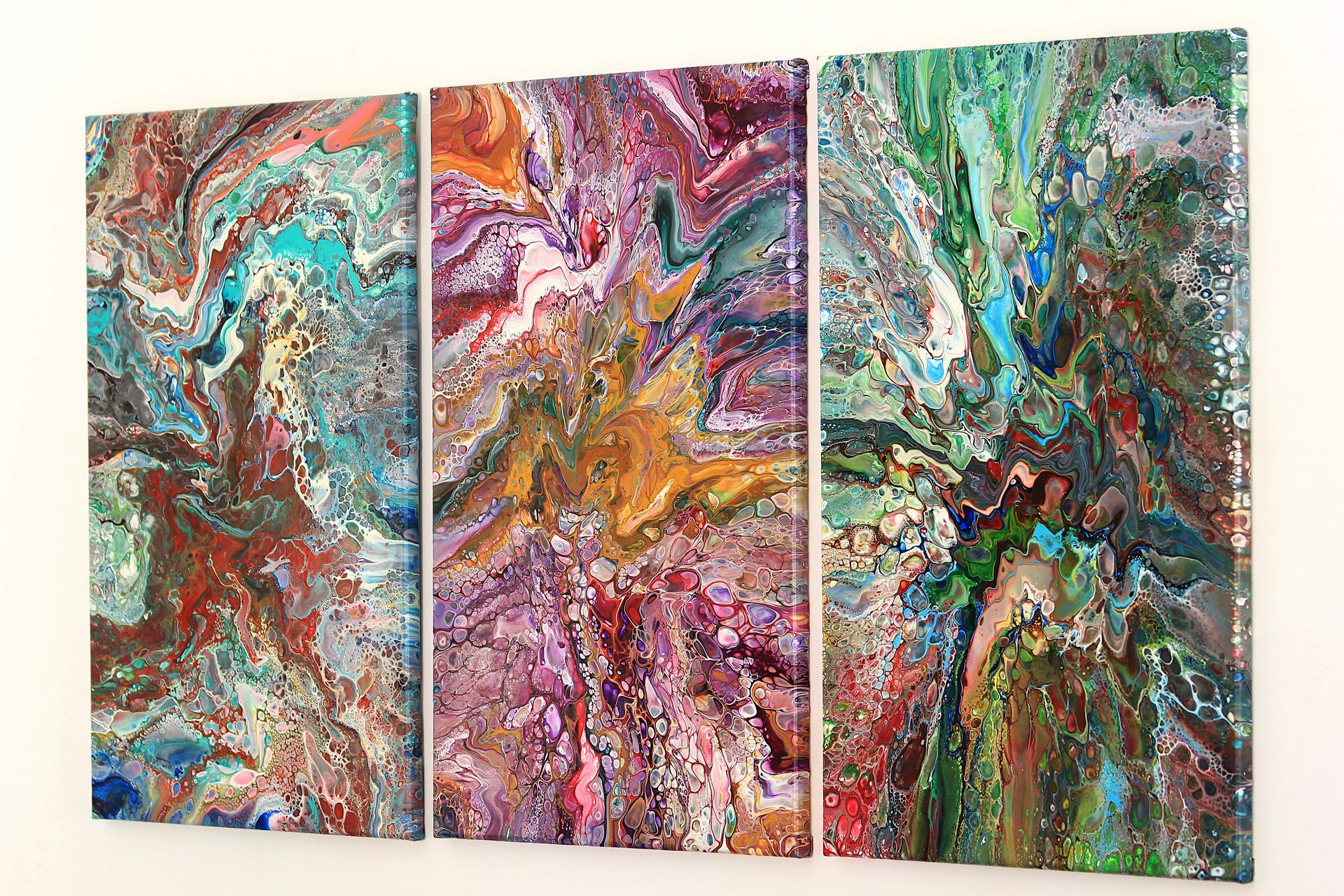
The combination of abstract art and mind leads us to consider the artwork an inner element, corresponding to the expression of the artist’s soul, which rekindles in the observer both an immaterial condition of empathy and also a dimension that matches the material form capable of expressing that vibration. Different aspects of the actual form move into a secondary position, with respect to the essentialness of the emotional communication. To simplify, we can state that abstract art is capable of generating emotional vibrations that, as in the case of sounds, can produce an emotional response even without telling a story. So, those who observe, whether they are aware or not, facing a series of stimuli originating from the combination of colours and shapes, react emotionally, It’s fair to say that based on this and depending on the circumstance, these passages and reactions can be experienced by the viewer in a conscious or unconscious way. Starting from this justification we can take inspiration for another interesting consideration about this topic. In fact, considering the two classic groups of observers, i.e. those who are involved in abstract art and those who remain indifferent to it, we hear that to not appreciate the beauty of abstract painting is based on the inability to interpret lines, shapes, shades and colours on the canvas; this could generate a disinterest for the painting (there is no need, but let us remember: obviously personal taste leads to specific interests and preferences, and so it is also for figurative art).
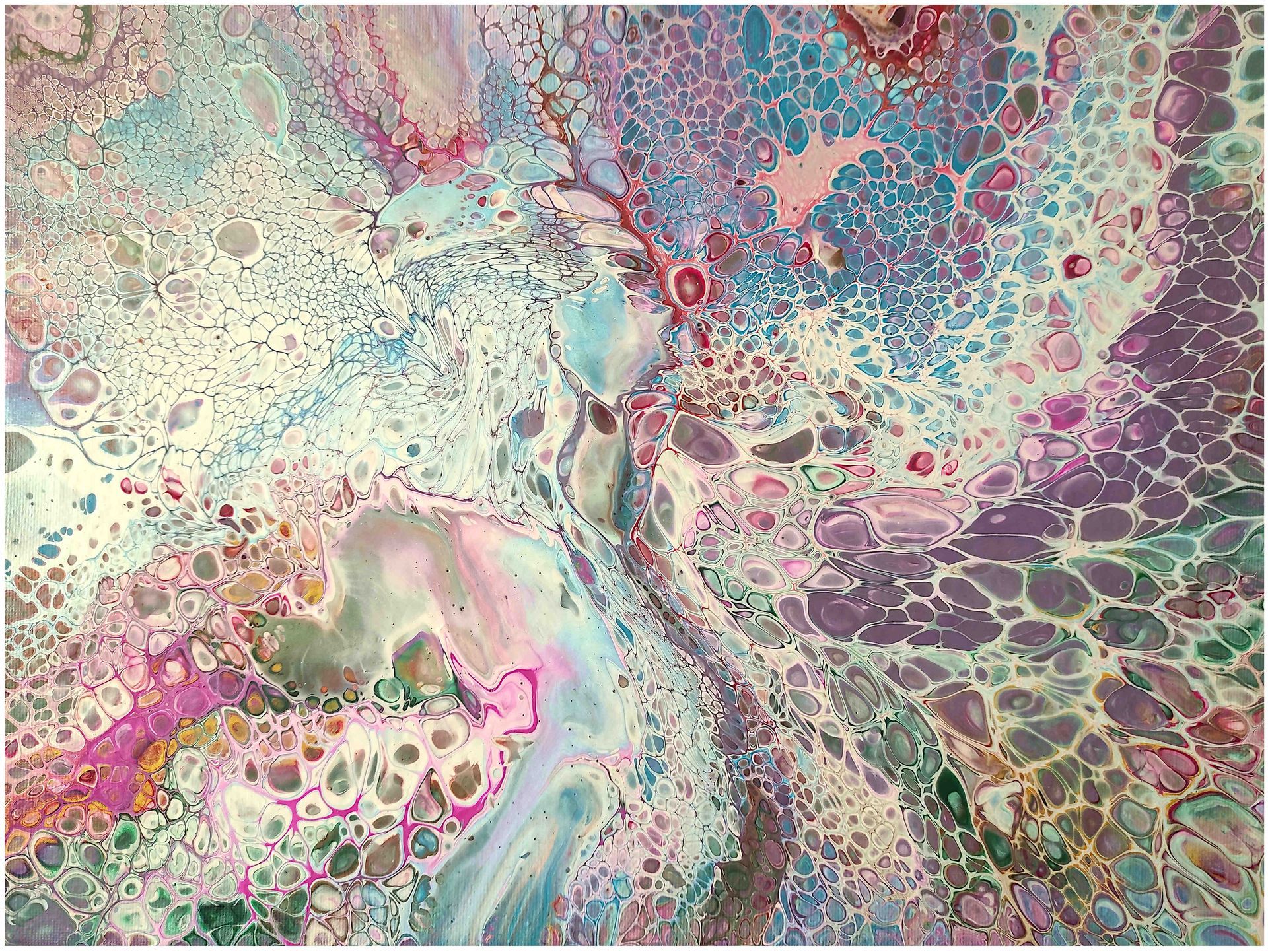
However, an increasingly held belief is that abstract art brings certain advantages for those who are connoisseurs; for example, its ability to mentally influence seems objective. In fact, scientific studies would confirm that it has an effect on our general cognitive state and is able to change the way we consider events and make choices, tending to evoke a certain “psychological distancing”. By psychological distancing we mean the subjective space that we perceive between ourselves and things, events, or people; it is an experience of separation based on an egocentric nature, where we become the point of reference from which we see things in perspective. Implementing a psychological distance, according to the field of psychology, makes us more inclined to recognize the limits of our knowledge, as well as to accept the probability of future change, making us more self-aware, flexible, and open to uncertainty.
